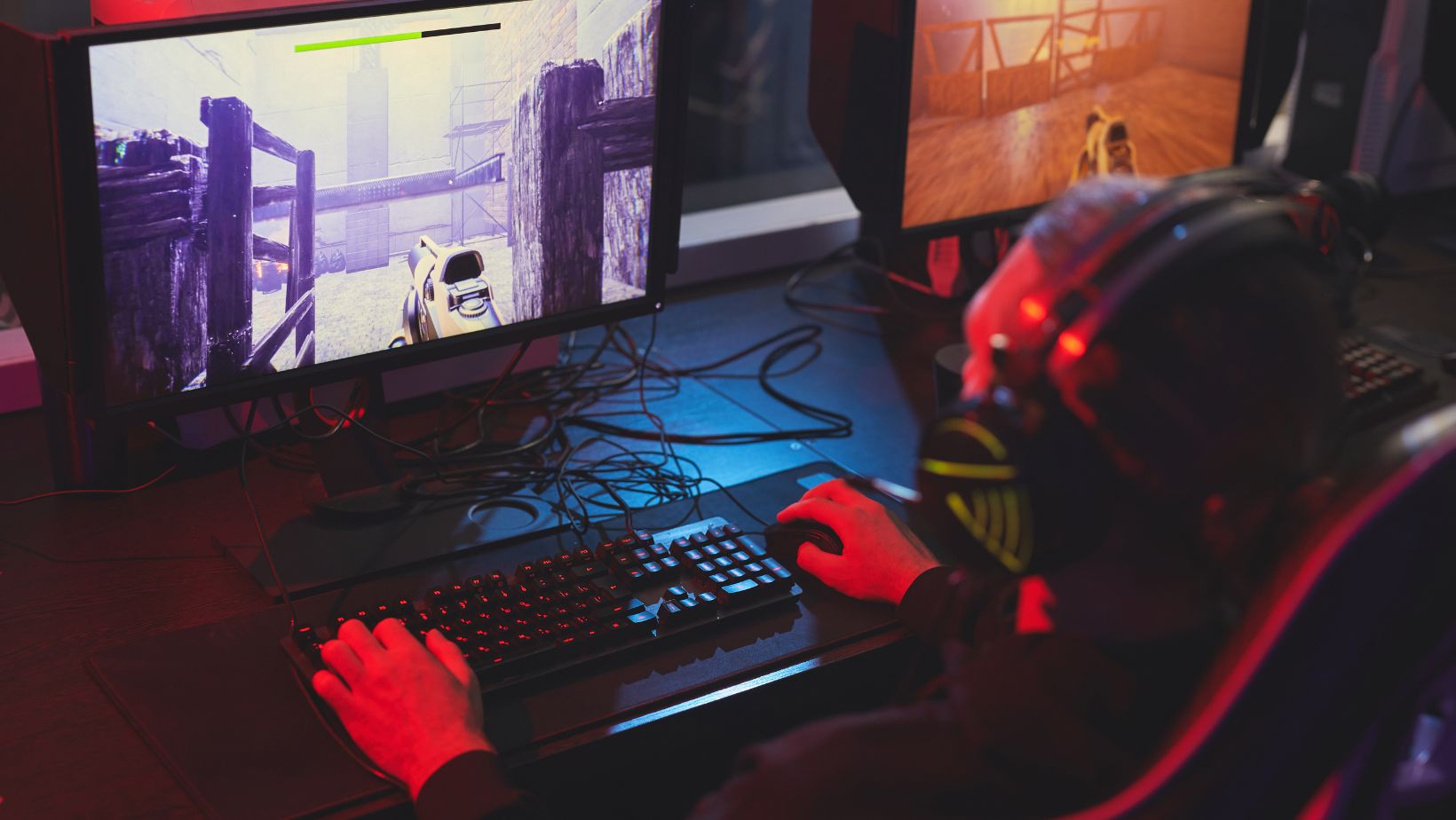People use CS2 items for various purposes, and making a profit ranks at the top of the list. If you’re already into gaming and want to make money from it, you’re in the right spot. In this article, we’ll delve into everything you need to know about making a profit and finding great deals with CS2 skins. Welcome aboard!
Table of Contents
ToggleHow Skins Are Priced
Understanding skin pricing in CS2 is crucial for players and traders because it directly affects how much money they can make and helps them negotiate better deals. Here are some factors that influence skin prices in CS2:
Skin Rarity Level
In CS2, skin rarity level categorizes skins into different tiers based on their perceived scarcity and desirability within the community. These levels typically include:
- Consumer Grade: Common skins that are widely available and often less intricate in design.
- Industrial Grade: Slightly rarer than Consumer Grade, these skins may feature more detailed designs and slightly higher demand.
- Mil-Spec: These skins are considered average in rarity, with moderate demand among players.
- Restricted: Skins in this category are somewhat rarer and may feature more elaborate designs.
- Classified: Skins classified as Classified are even rarer, often featuring distinctive designs or themes that make them highly desired.
- Covert: Highly rare and desirable skins with unique designs and themes. These skins are usually coveted by collectors and can command high prices.
- Contraband: Extremely rare skins that are no longer obtainable through regular means, often due to changes in game mechanics or legal issues.
The rarity level of skins in CS2 really affects how much they cost. Skins that are labeled as Covert or Contraband usually sell for more because they’re really rare and a lot of players want them. On the flip side, skins that are Consumer Grade or Industrial Grade are cheaper because there are more of them around and not as many people are after them.
Wear Condition
The wear condition of the skin refers to its appearance quality, spanning from Factory New (FN) to Battle-Scarred (BS). This spectrum significantly impacts skin prices as it directly affects both the skin’s visual appeal and its rarity. Skins in excellent condition, such as Factory New or Minimal Wear, generally fetch higher prices due to their pristine look and popularity among players who prioritize aesthetics.

Conversely, skins in poorer condition, like Well-Worn or Battle-Scarred, tend to be more affordable because they show more signs of wear and may be less visually appealing and desirable.
Other Factors
In addition to wear condition and rarity levels, several other factors significantly influence the pricing of skins in CS2. One notable factor is whether the skin is StatTrak, which tracks statistics like kills and usage. Another key determinant is the association of skins with professional players who use them during tournaments or streams.
Skins used by popular players or in prominent matches tend to experience increased demand, leading to higher market prices. Moreover, the popularity of specific weapon types and skins within the CS2 community plays a crucial role in pricing dynamics. Additionally, skins tied to special editions, limited-time releases, or exclusive events can see fluctuations in price based on their rarity and desirability
How CS2 Skins Can be Used
Although originally designed primarily for weapon customization, CS2 skins have proven useful for various other purposes. Here are some ways you can leverage your skins to turn a profit:
Selling Skins
Selling CS2 skins is a popular way for players to monetize their in-game items. Various marketplace platforms, such as the Steam Community Market and third-party sites, offer players the opportunity to list their skins for sale. Players can sell skins for real-world currency, which can be withdrawn or used to purchase other games or items on Steam. If you choose to use third-party sites, make sure to read the comprehensive analysis about CS2 (CS: GO) markets to make an informed decision.
Trading Skins
Trading provides players with a versatile method to obtain the CS2 skins they want without making direct purchases. Using platforms such as Steam’s trading system or specialized third-party trading sites, players can engage in negotiations with other users. This approach enables players to swap skins according to their preferences, acquiring sought-after or rare skins while offering items from their own collection in exchange.
Investing in Skins
CS2 skins can also serve as investments for players who strategically purchase skins with the intention of selling them later at a higher price. Successful skin investment requires an understanding of market trends, including which skins are likely to increase in value over time due to factors such as limited availability, and player demand. Players may hold onto skins as their value appreciates or sell them during periods of high demand to maximize returns.
Ideal Tips for Skin Traders
Skin trading in CS2 is just like any other investment. To boost your profits from skins, you can follow a few simple strategies:
Buy Low, Sell High
This classic investment principle applies directly to skin trading. To buy low, keep an eye on market fluctuations and look for opportunities when skin prices dip due to increased supply or temporary lulls in demand. Patience is key here; waiting for the right moment to purchase can lead to acquiring skins at lower prices. Selling high involves understanding the CS2 markets demand for specific skins. When demand increases, perhaps due to a popular tournament or new game update, prices tend to rise.
Understand Market Trends
Being aware of current market trends and player preferences is essential for effective skin trading. For example, as mentioned above, skins associated with professional players or those featured prominently in tournaments often see increased demand and higher prices.

Similarly, limited edition or seasonal skins may experience fluctuations in value based on their availability and desirability among collectors. Keeping abreast of these trends through community forums, trading platforms, and esports news can give you a competitive edge in predicting which skins are likely to increase in value.
Manage Fees and Costs
Pay attention to the fees and costs associated with skin trading platforms. These can include listing fees, transaction fees, and currency exchange rates. To maximize your profits, compare fees across different platforms and consider factors like withdrawal fees and taxes. Choosing platforms with competitive fees and clear fee structures can help you minimize costs and preserve more of your earnings from skin trading.
Conclusion
Let’s wrap up our article. Throughout, we’ve focused on making a profit and finding good deals with skins. Remember, these are practical steps, so feel free to try them out and experiment. We wish you good luck in your adventure!

Wayne is a unique blend of gamer and coder, a character as colorful and complex as the worlds he explores and the programs he crafts. With a sharp wit and a knack for unraveling the most tangled lines of code, he navigates the realms of pixels and Python with equal enthusiasm. His stories aren’t just about victories and bugs; they’re about the journey, the unexpected laughs, and the shared triumphs. Wayne’s approach to gaming and programming isn’t just a hobby, it’s a way of life that encourages curiosity, persistence, and, above all, finding joy in every keystroke and every quest.



